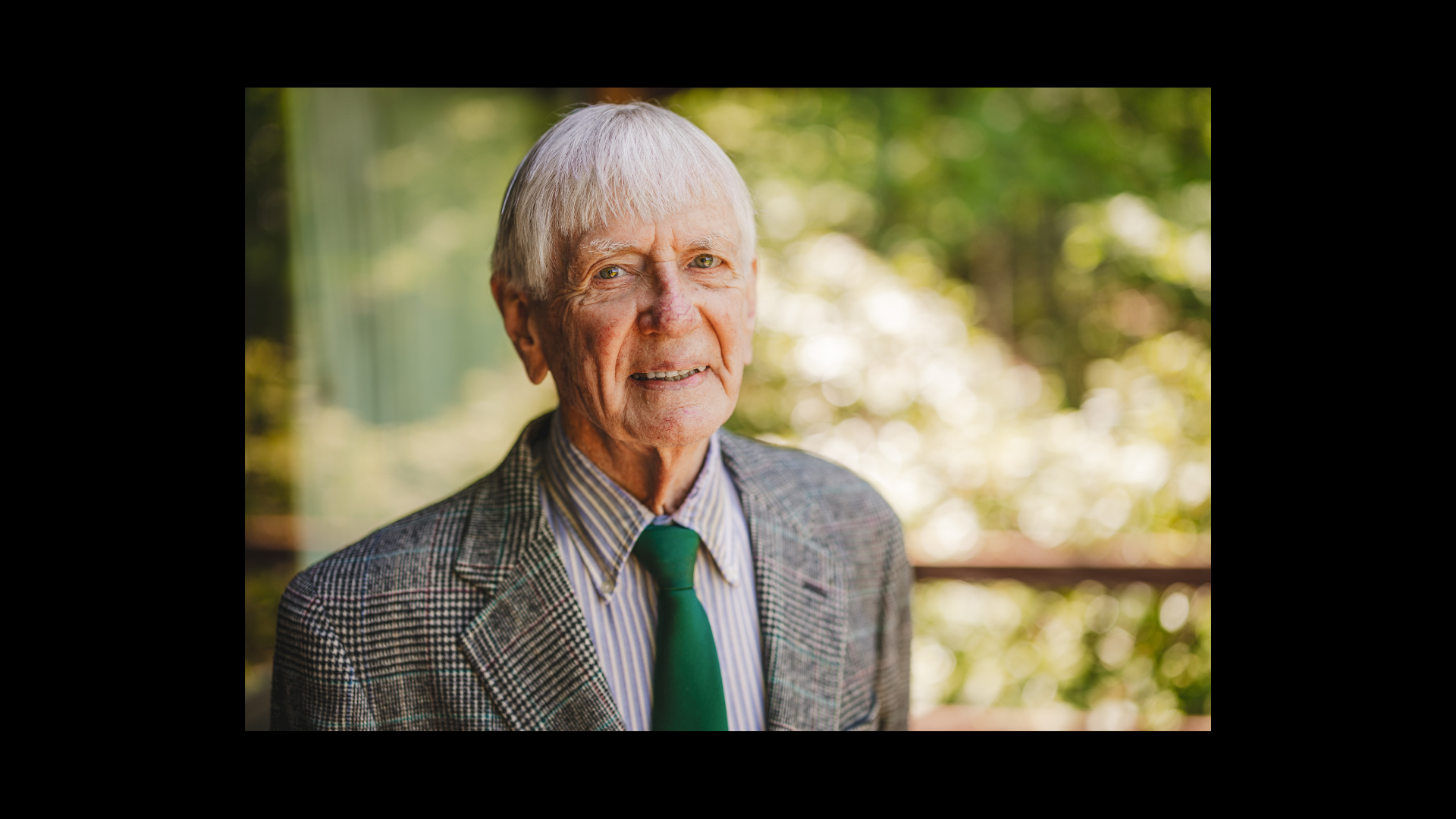
In Memoriam: Thomas E. Kurtz, 1928–2024
Thomas Eugene Kurtz (Feb. 22 1928–Nov. 12, 2024) was an American mathematician, computer scientist and co-inventor, with John Kemeny, of the BASIC programming language and Dartmouth Timesharing System.
In the early days of academic computing in the 1960s, there were no simple non-professional programming languages available for undergraduates. BASIC was aimed at this audience. To realize their vision, Kurtz and Kemeny concurrently developed the Dartmouth Timesharing System, allowing BASIC to be accessed by students around campus using Teletype terminals.
Born in Oak Park Illinois, Kurtz graduated from Knox College in 1950, and received his PhD in mathematics from Princeton University in 1956. In 1951, Kurtz was fortunate in obtaining rare experience on a computer—the pioneering SWAC machine created by the National Bureau of Standards and housed at UCLA. SWAC, the Standards Western Automatic Computer, was among the earliest electronic computers in the United States and was supervised by legendary computer pioneer and 2013 CHM Fellow Harry Huskey.
Kurtz began teaching at Dartmouth upon receiving his PhD. After a few years, he and fellow professor John Kemeny developed the original version of the Dartmouth Timesharing System (DTSS), a method of sharing computer access across a network and a requirement for allowing multiple students access to BASIC.














/cdn.vox-cdn.com/uploads/chorus_asset/file/25721434/247377_AI_scam_albums_CVirginiaA.jpg)




